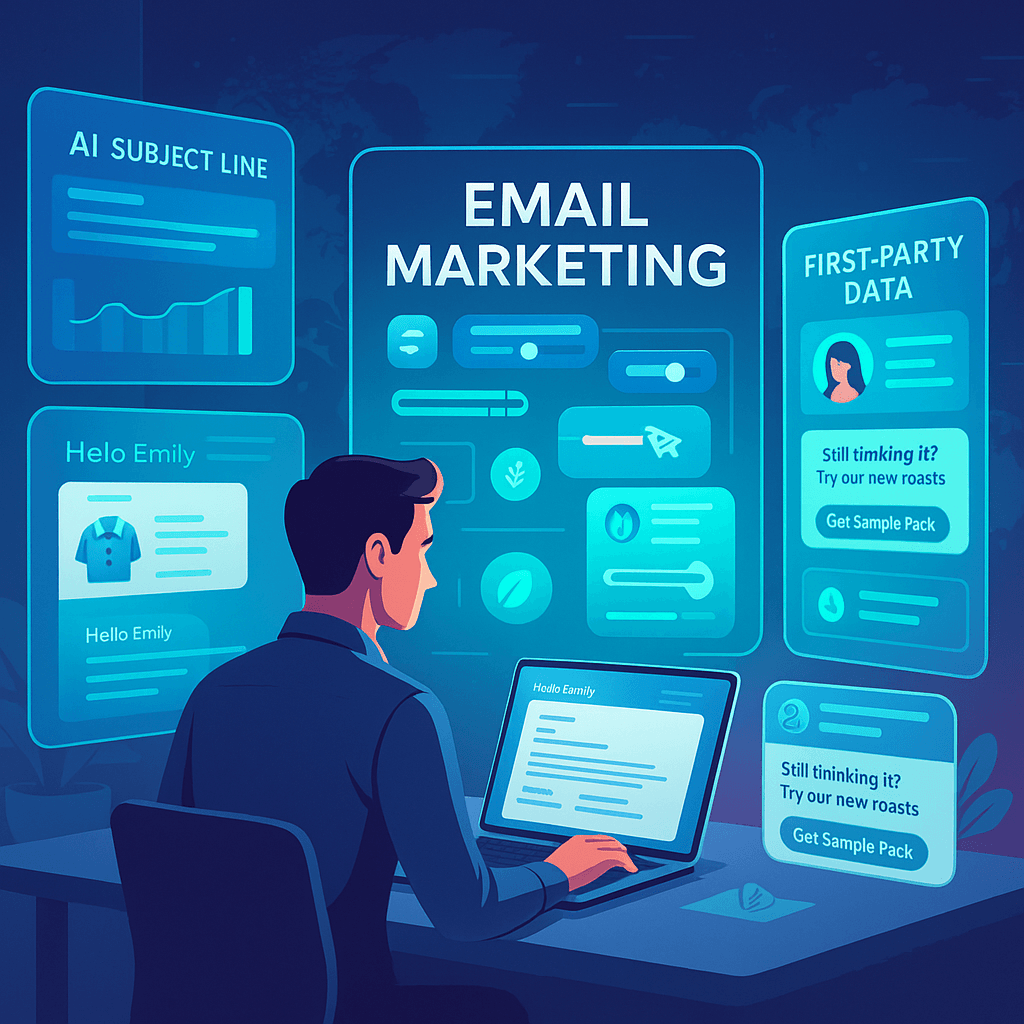Content creators and businesses face unique obstacles in digital marketing; few more vexing than social media’s ever-evolving algorithms that control them. Gone are the days where your posts would reliably reach most of your followers – as platforms prioritize paid posts over organic ones to maintain user engagement for longer.
Years have gone by as I attempted to navigate these unpredictable waters and watch organic reach numbers fluctuate with every platform update. It has affected everyone from individual business owners and entrepreneurs all the way up to major brands alike.
Instagram Algorithm: From Chronological to Curated
Instagram’s recent shift away from chronological feeds towards algorithm-based feeds marked a pivotal change for creators, prioritizing content based on six criteria – interest, timeliness, frequency following usage etc.
What this means for your carefully crafted posts: They might only reach 10-20% of followers until an algorithm decides they deserve wider distribution. I have noticed my engagement rates decrease significantly despite growing my follower count; unfortunately more followers doesn’t automatically translate to more visibility.
Instagram claims these changes help users view more relevant content, while many creators see it as pushing towards paid promotion. When its algorithm determines your post is not “engaging enough”, your options often boil down to either paying to increase visibility or watching its reach decrease.
Why Facebook Reach Is Declining: Exploitation of Pay-to-Play Model
Facebook’s organic reach has seen perhaps the sharpest decrease of all major platforms. From simple tweaks, its system now ensures business pages can only reach 2-5% of their followers without paying for promotion.
I remember managing Facebook pages during the early 2010s when reaching 50-60% of your target audience was standard practice. Today, however, those numbers seem far-fetched since organic visibility on this platform has steadily diminished alongside expanding advertising options as its business model shifts.
Facebook’s 2018 algorithm update which prioritized “meaningful interactions” from friends and family over brand content was particularly devastating to businesses. While they defended this update as improving user experience, businesses either needed to increase advertising budgets significantly or face dramatically reduced visibility on Facebook.
LinkedIn Evolve Engagement Metrics
LinkedIn’s engagement metrics have also evolved significantly over time; although less rapidly. While initially known for its chronological feed, modern LinkedIn employs sophisticated ranking factors that evaluate content according to personal connections, interest relevance, and engagement potential.
LinkedIn seems to reward posts with quick engagement rates by giving an initial test audience. If they respond well, your post gets wider distribution regardless of its number of connections; otherwise it stays restricted in terms of reach and reach only.
Professionals and businesses need content that generates instantaneous reactions in order to compete on LinkedIn’s algorithm, with its preference for comments over simple reactions proving more beneficial than announcements or one-way messages.
The Psychology Behind Social Media Ranking
Understanding why social media ranking algorithms evolve can aid in formulating effective strategies. At their core, social media companies face one primary challenge: keeping users engaged for as long as possible to generate additional advertising revenues.
The algorithms prioritize content that:
- keeps users on the platform longer encourages active engagement over passive consumption
- creates emotional responses (positive or negative)
- feels personally relevant to each user
This explains why provocative or emotionally charged content often outperforms neutral posts based on algorithms’ estimations of user response rather than content quality.
Working With Algorithms Instead Of Fighting Them
Successful creators have learned to adapt rather than fight these systems, instead finding several approaches which allow for organic visibility despite algorithmic challenges:
Content that fosters meaningful conversations performs much better than content designed solely to be passively consumed. Questions, provocative statements and material designed to provoke responses tend to generate the best responses across platforms.
Understanding each platform’s particular preferences is also key: Instagram prioritizes visual quality and consistent posting schedules, while Facebook emphasizes content that keeps users on its platform rather than diverting them elsewhere; LinkedIn seeks professional insights that spark discussions between members.
At its heart, cultivating genuine community engagement rather than simply accruing followers makes your content more resilient to algorithm updates. When audiences actively search out and interact with it, algorithmic distribution becomes less necessary for its distribution.
Organic Agriculture Is on the Rise
No matter how disconcerting they may seem, these adjustments reflect the realities of maturing social media ecosystems. While social platforms once provided access to audiences without incurring costs – something no longer sustainable as companies developed sustainable business models for themselves – changes like this reflect this reality of an evolving ecosystem.
Content creators who excel are increasingly viewing organic and paid strategies as interdependent strategies rather than two distinct approaches to reach. Paid promotion should be employed strategically while still optimizing for organic reach to provide the most sustainable path forward.
Businesses and creators experiencing declining organic visibility should keep meaningful connections as a top priority when dealing with declining organic visibility, remembering that real relationships will always outperform algorithms in terms of long-term performance. By developing relationships with your audience members over time, creating resilience against platform changes that is missing with numerical-focused strategies alone.
While algorithms continue to change at an unpredictable rate, creating genuine value for your audience remains one of the surest strategies against algorithms. Sure, platforms may control distribution; yet creator and audience remain central figures of success and mutuality is always best served through personal connections between creator and audience.





